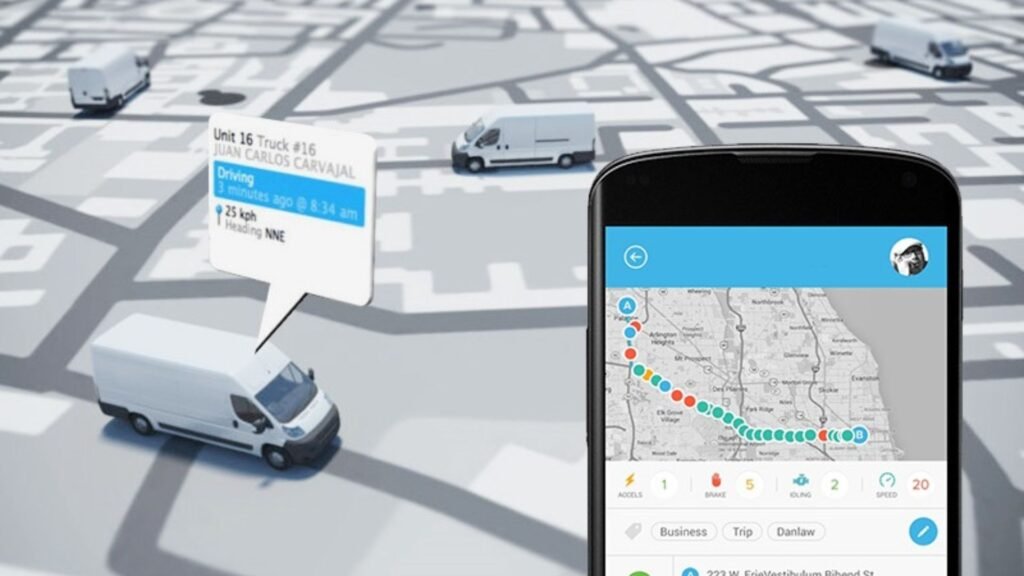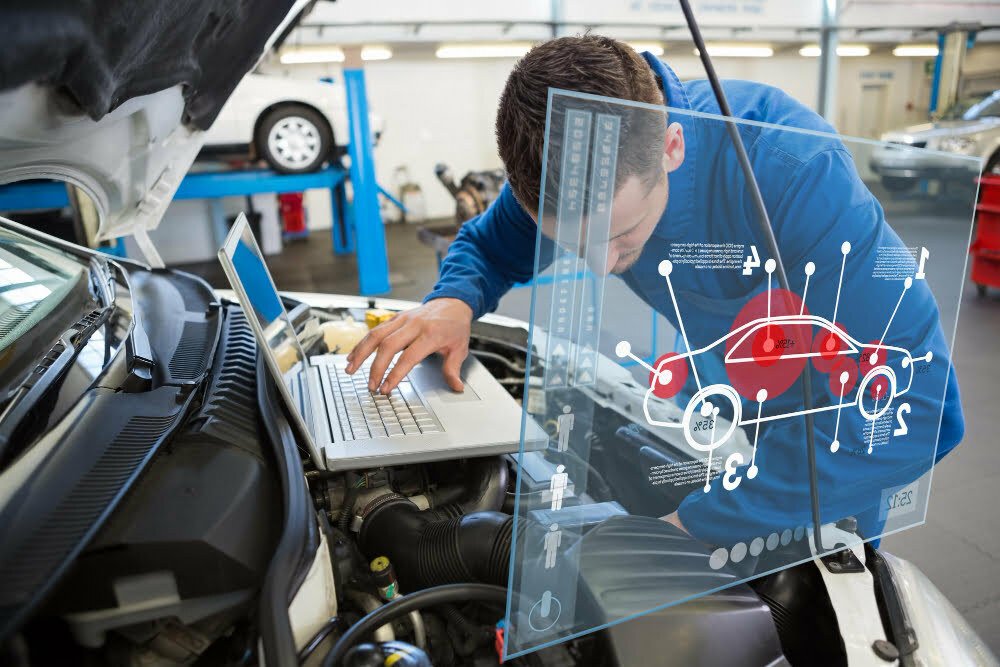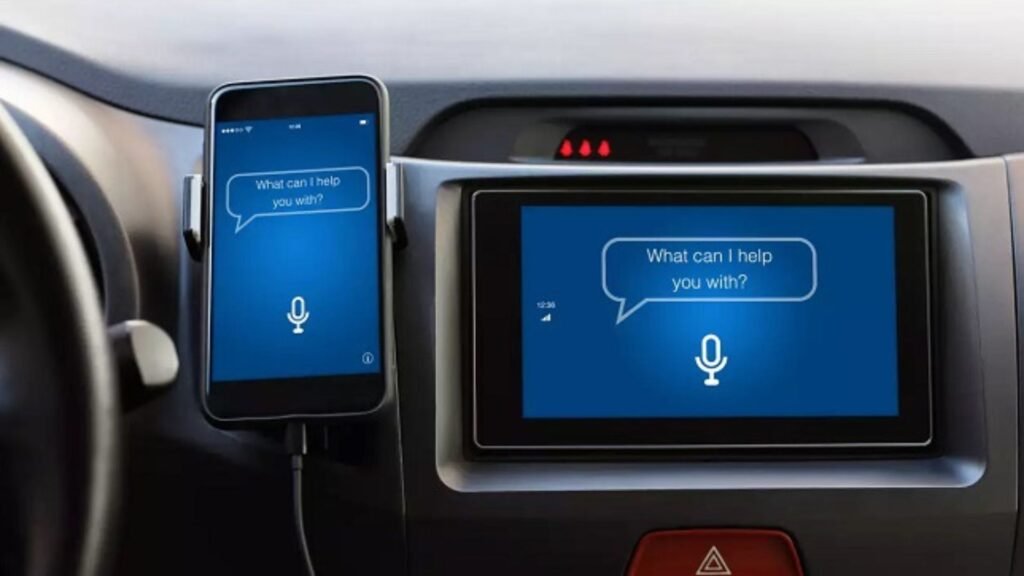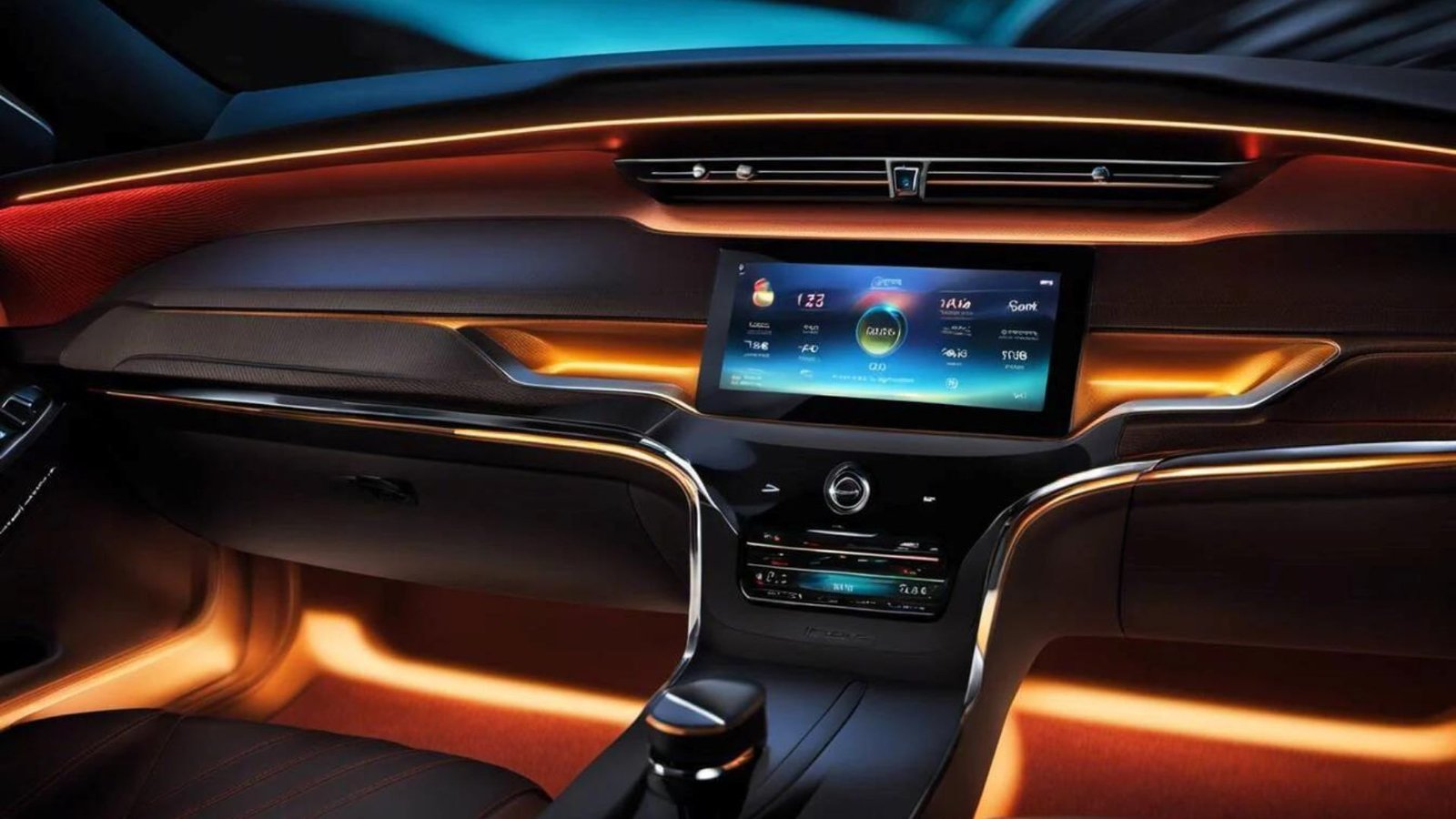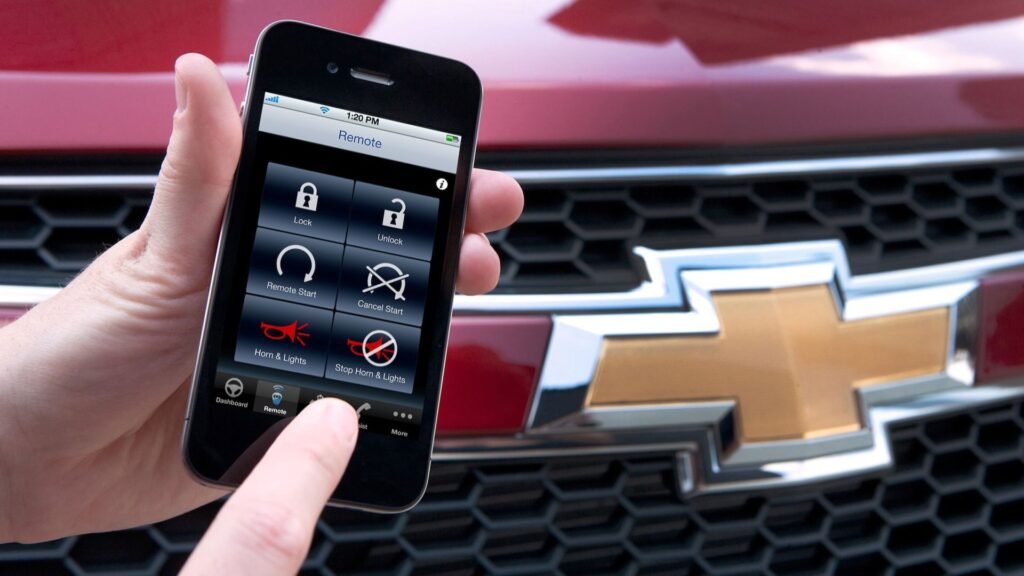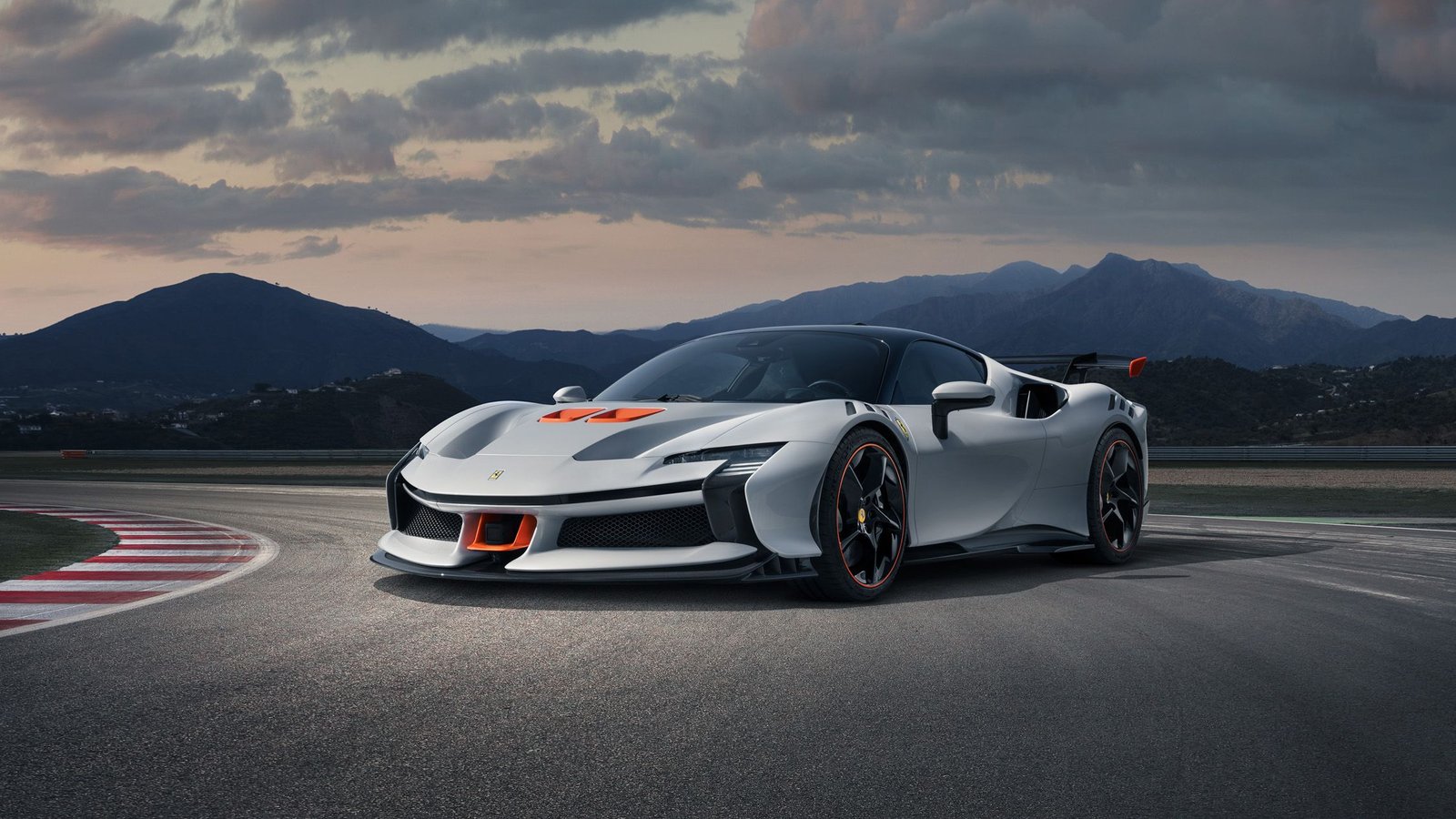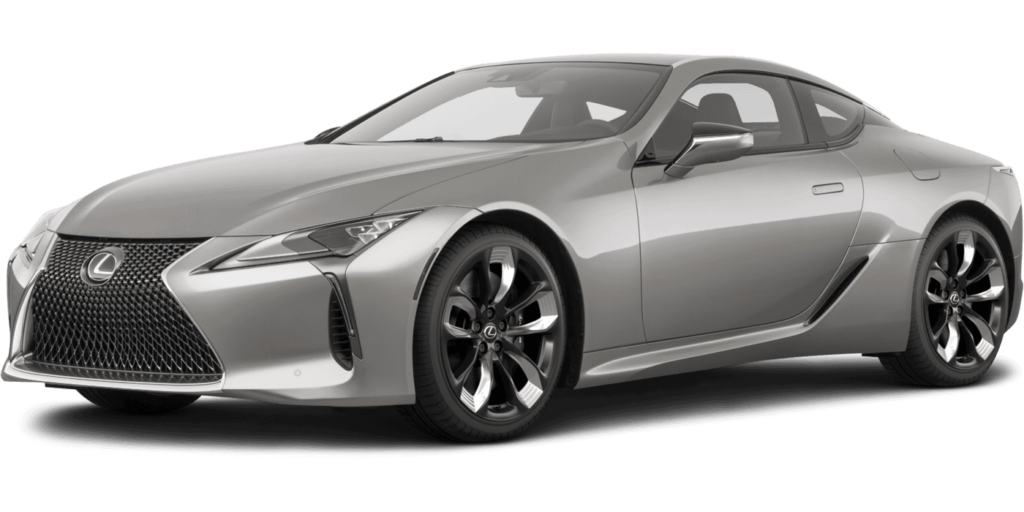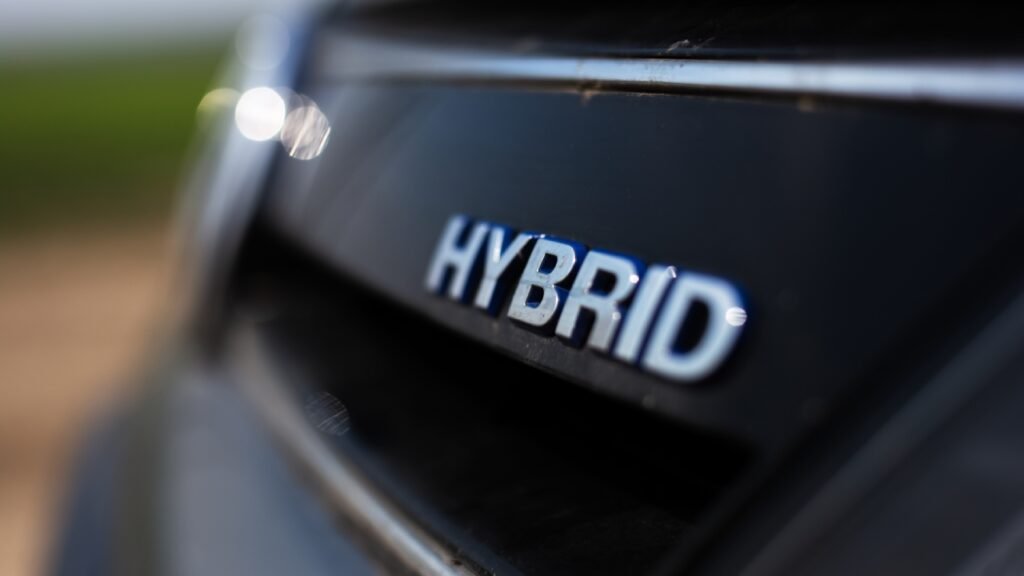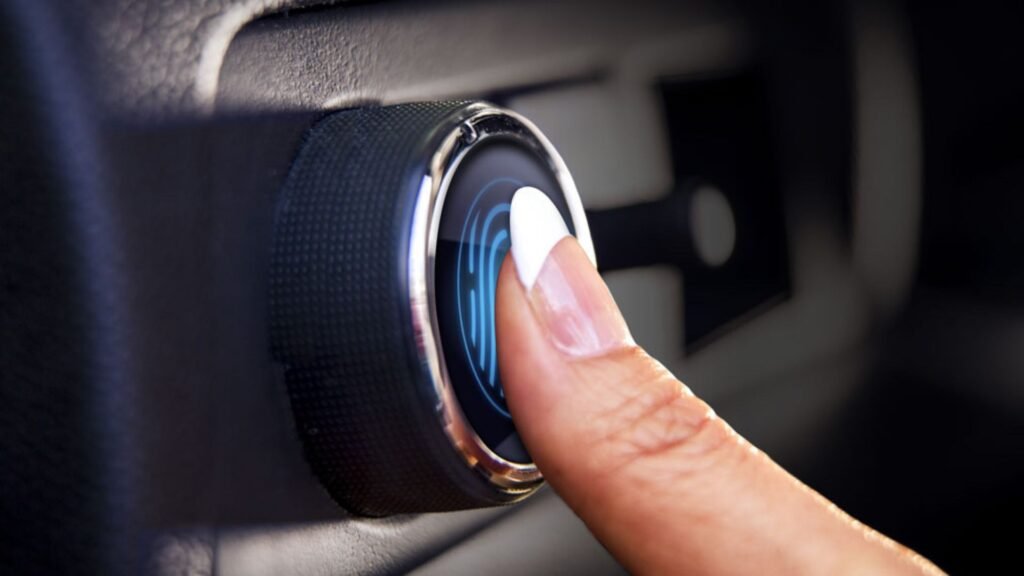Manual Cars: Pros and Cons
In a world where automatic transmissions dominate the roads, manual cars still hold a special place in the hearts of driving enthusiasts. These vehicles offer a unique driving experience, one that provides a direct connection between the driver and the machine. However, like everything else, manual cars come with their own set of advantages and drawbacks. Understanding the manual cars: pros and cons can help you decide if this type of transmission is right for you. In this article, we will explore the benefits and potential downsides of owning and driving a manual car.
The Pros of Manual Cars
1. Enhanced Driving Control
One of the main advantages of manual cars is the enhanced control they offer. With a manual transmission, drivers have the ability to choose the exact gear they want, allowing for better control over acceleration and deceleration. This can be particularly useful in situations that require precise handling, such as driving on winding roads or navigating slippery conditions. Unlike automatic cars, which make gear choices for you, manual cars put you in the driver’s seat, both literally and figuratively.
2. Improved Fuel Efficiency
Manual cars are often more fuel-efficient than their automatic counterparts. This is because manual transmissions allow drivers to control the engine’s RPMs (revolutions per minute) more effectively. By shifting gears at the right time, drivers can optimize fuel consumption, which can lead to savings at the pump. In fact, many drivers find that manual cars offer better mileage, especially in highway driving conditions. So, if you’re looking to save money on gas, this is one of the key pros of manual cars.
3. Lower Maintenance Costs
Another significant advantage of manual cars is their typically lower maintenance costs. Manual transmissions are generally simpler in design compared to automatic ones, which means there are fewer components that can fail. When issues do arise, repairs for manual transmissions tend to be less expensive. This simplicity translates into fewer visits to the mechanic, making manual cars a cost-effective choice over the long term.
4. More Engaging Driving Experience
For many driving enthusiasts, one of the biggest pros of manual cars is the engaging and fun driving experience they offer. Shifting gears manually and using a clutch pedal creates a sense of connection with the car that is hard to replicate with an automatic transmission. This involvement can make driving more enjoyable and satisfying, especially on open roads or during spirited driving sessions. If you love feeling in control and enjoy the mechanics of driving, then a manual car might be the right choice for you.
The Cons of Manual Cars
1. Learning Curve for Beginners
One of the most significant cons of manual cars is the learning curve involved. For new drivers or those used to automatic transmissions, getting the hang of using a clutch and shifting gears can be challenging. It takes time and practice to become proficient at driving a manual car, which can be a deterrent for some people. The process of learning to drive a manual car can be frustrating, especially in heavy traffic or on steep hills, where stalling the car is a common issue.
2. Inconvenience in Traffic
Driving a manual car in stop-and-go traffic can be tiring and inconvenient. Constantly shifting gears and using the clutch can lead to fatigue, especially during long commutes or in congested urban areas. The effort required to operate a manual transmission in such conditions can make driving less enjoyable. This inconvenience is one of the main reasons many drivers prefer the ease of automatic transmissions for everyday driving.
3. Limited Availability
In today’s market, manual cars are becoming increasingly rare. Many manufacturers are phasing out manual transmissions in favor of automatic ones, which offer broader appeal and convenience. This limited availability means that finding a manual car that fits your preferences and needs might be more challenging. It can also be harder to find a manual car on the used car market, reducing your options when shopping for a vehicle.
4. Resale Value Concerns
Manual cars can sometimes have a lower resale value compared to automatics. Since fewer people know how to drive manual transmissions, the demand for these vehicles is lower. As a result, when it comes time to sell or trade in a manual car, you might find it more challenging to find a buyer, which could affect the resale value. This is an important factor to consider if you plan to sell your car in the future.
Conclusion: Weighing the Pros and Cons
Manual cars: pros and cons should be carefully weighed when deciding on the right vehicle for your needs. While manual cars offer enhanced control, better fuel efficiency, and a more engaging driving experience, they also come with challenges like a steep learning curve, inconvenience in traffic, and limited availability. By understanding these pros and cons, you can make an informed decision and choose the transmission type that best suits your lifestyle and driving preferences.


